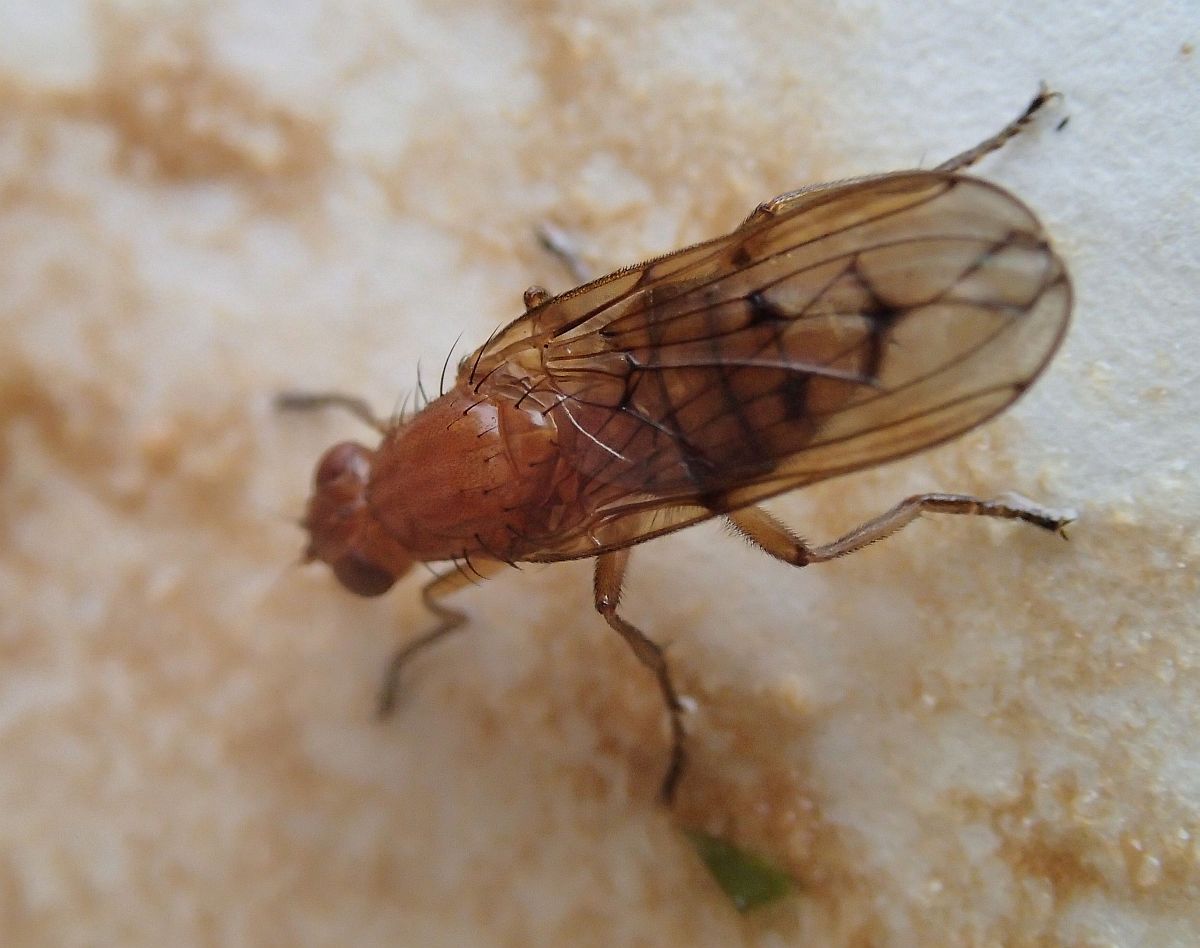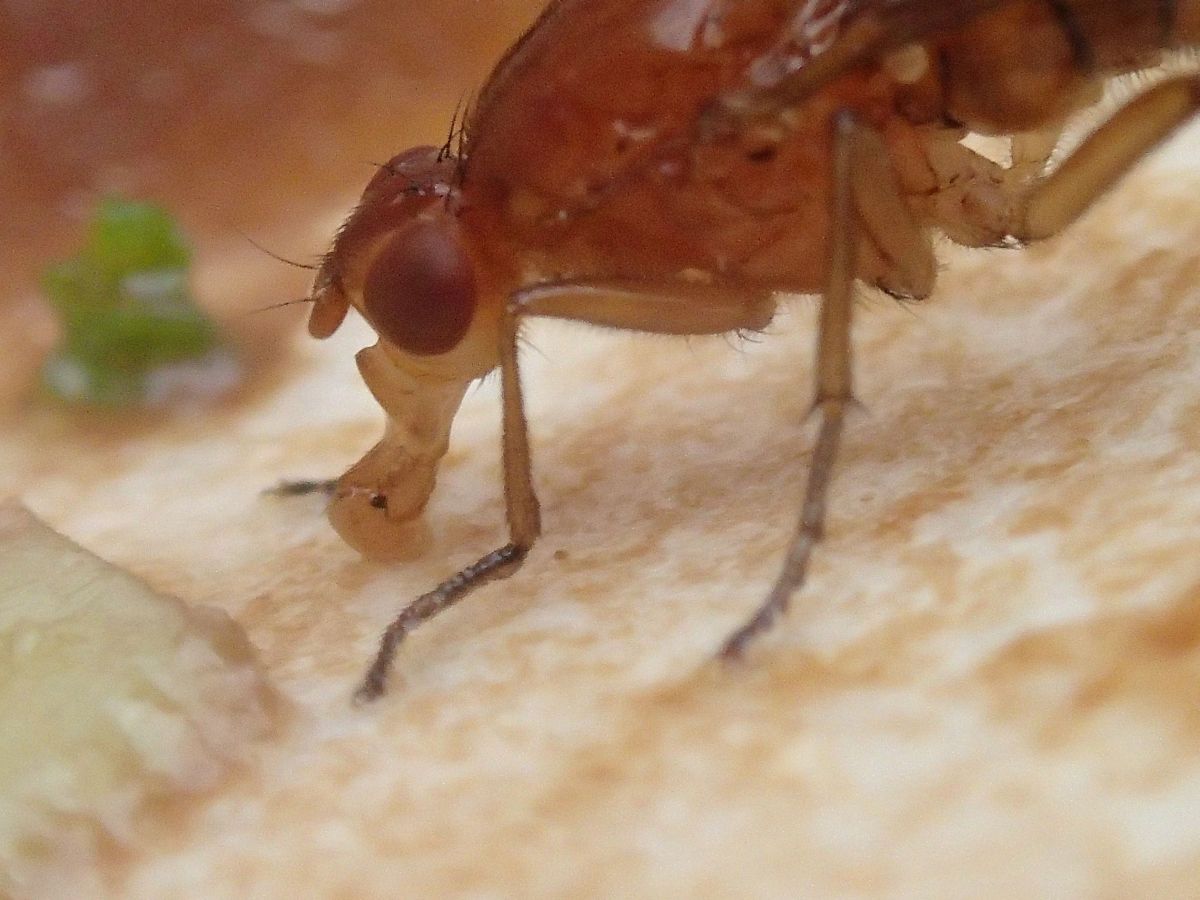2017October 29 morning
Jeremy Gatten writes: The outlandishly nice weather yesterday brought out the butterflies today and I encountered four species while birding with Dave Robichaud. All species were encountered at Martindale Flats. The first two species were encountered in close proximity to one another near McIntyre Reservoir – a West Coast Lady and a Painted Lady. Shortly after, the first of several Cabbage Whites was encountered. The final species was an Orange Sulphur, which looked surprisingly fresh. The sulphur was located along Lochside Drive a little way south of the model aircraft field.

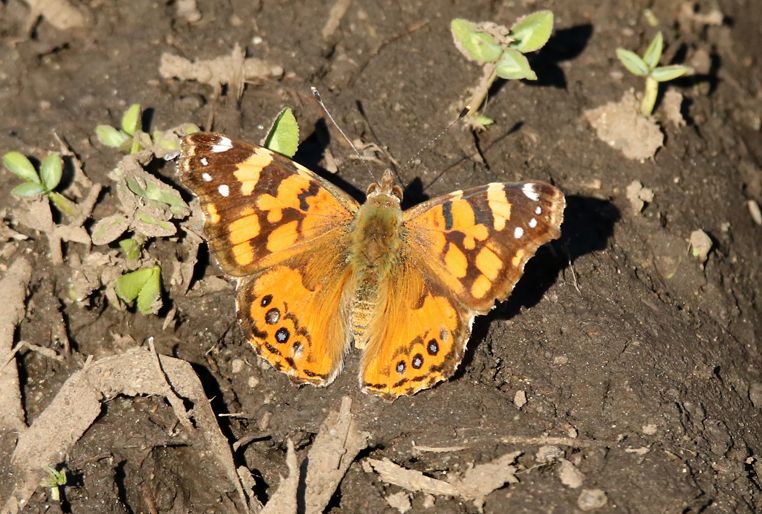
West Coast Lady Vanessa annabella (Lep.: Nymphalidae) Jeremy Gatten

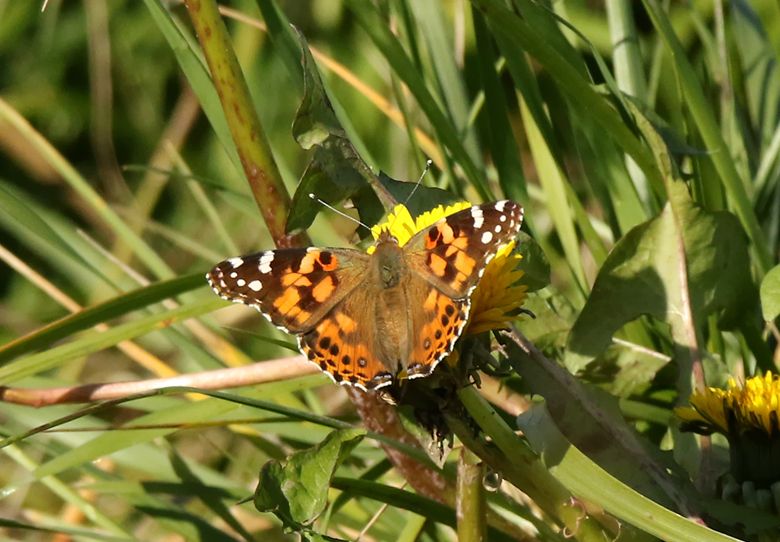
Painted Lady Vanessa cardui (Lep.: Nymphalidae) Jeremy Gatten
Jochen Moehr sends some more pictures from Metchosin. Jeremy Tatum writes: The first, in order of decreasing probability, is Drepanulatrix monicaria, D. secundaria, D. foeminaria. I am sufficiently sure that it is in fact the first of these that that is what I am going to label it.

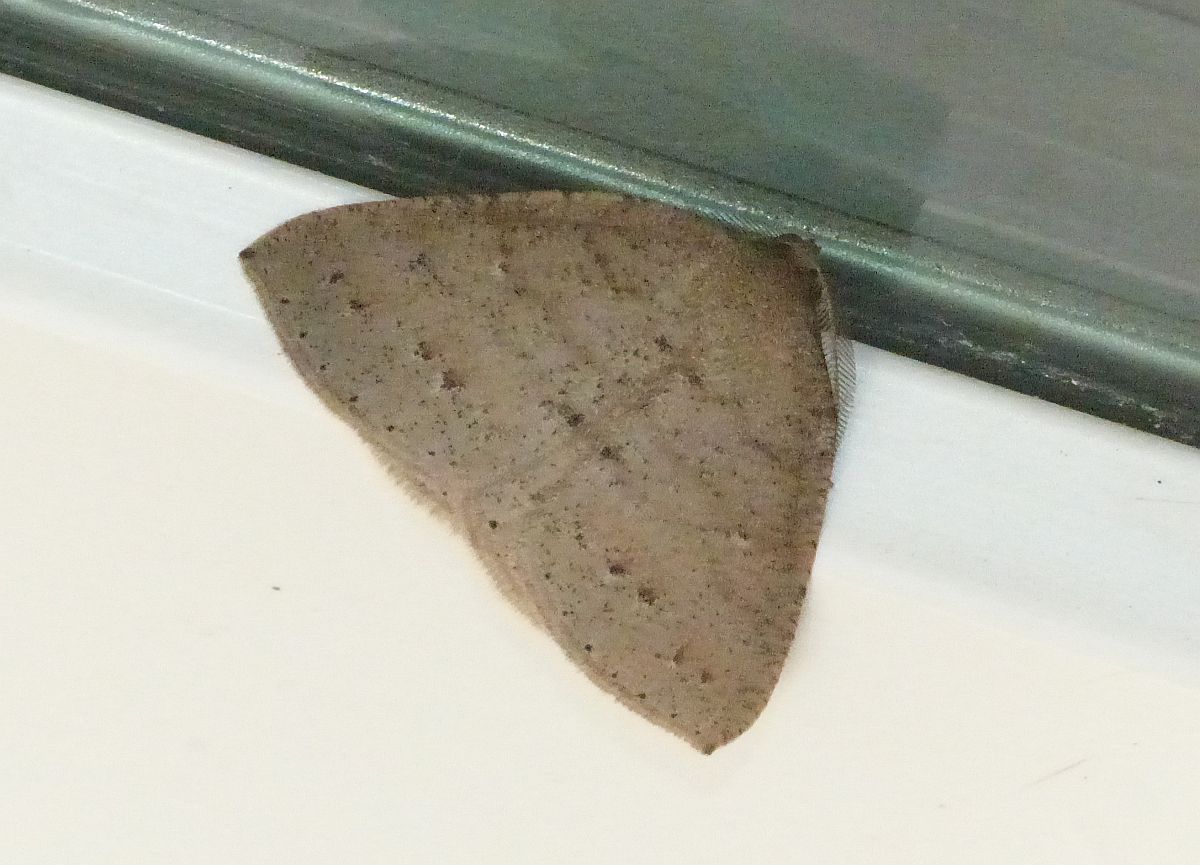
Drepanulatrix monicaria (Lep.: Geometridae) Jochen Moehr

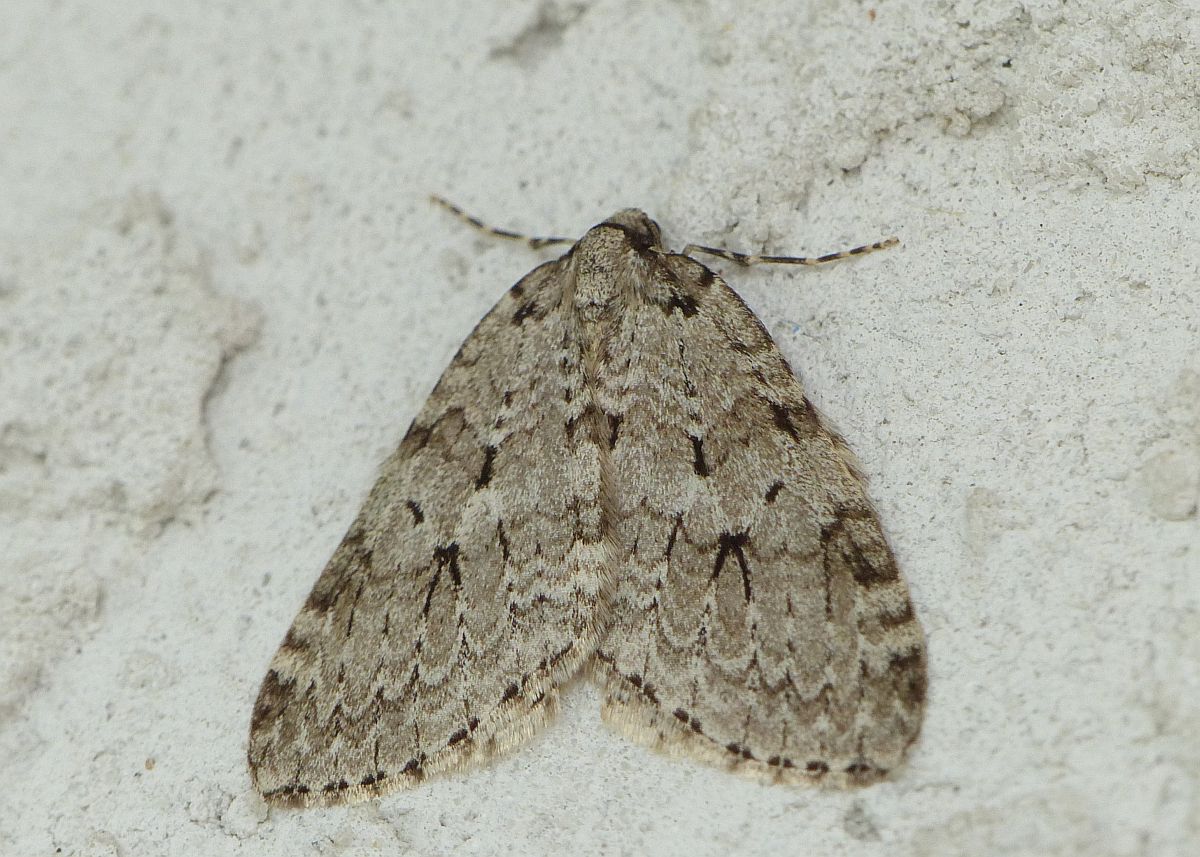
Autumnal Moth Epirrita autumnalis (Lep.: Geometridae) Jochen Moehr

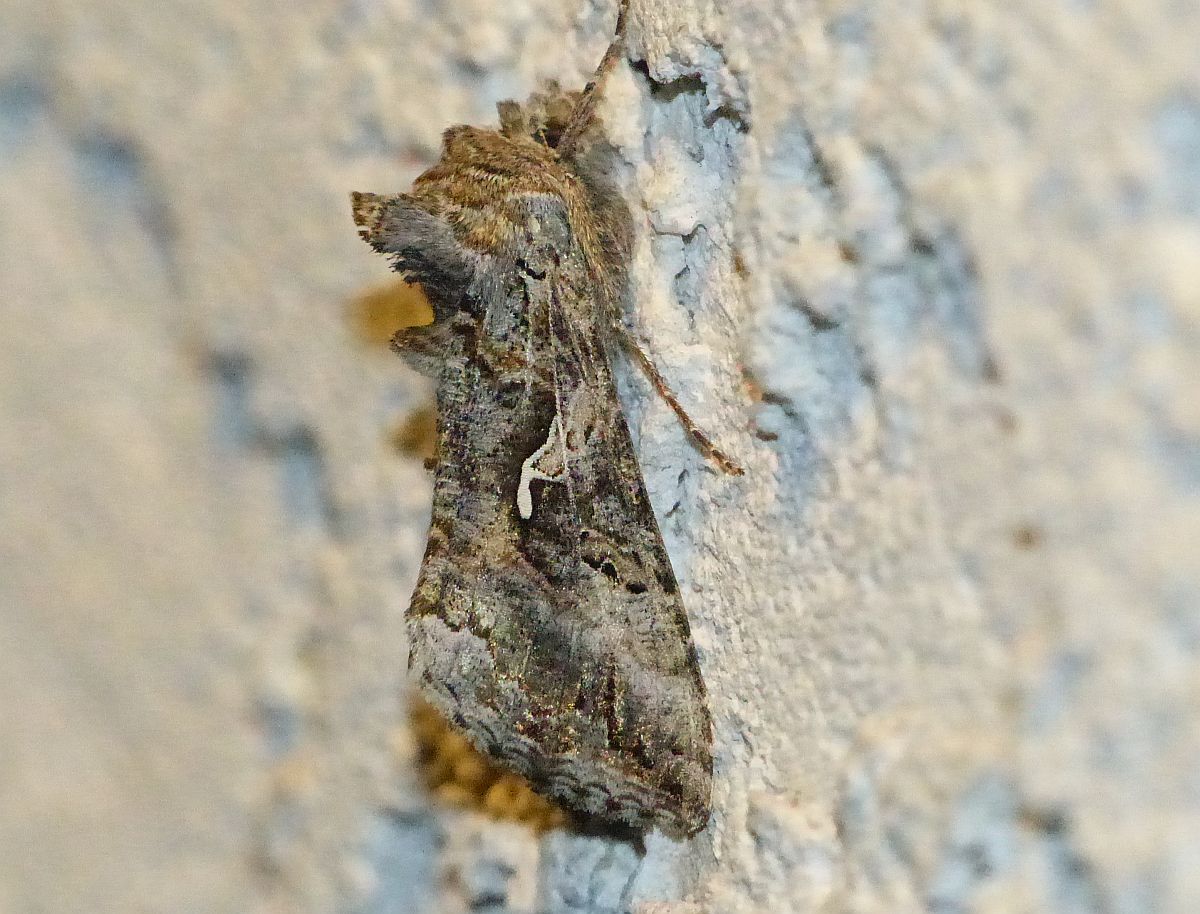
Autographa californica (Lep.: Noctuidae – Plusiinae) Jochen Moehr
The insects below might be called “gnats”, but they are really a sort of small crane fly.

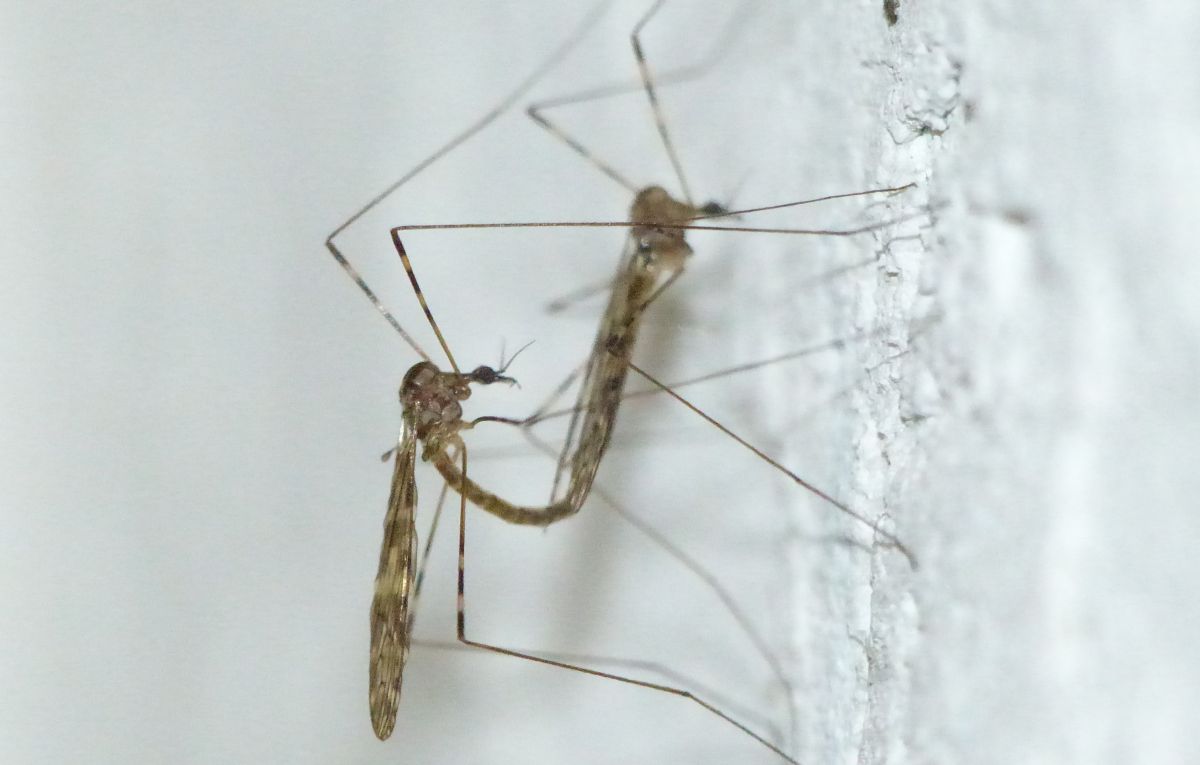
Limonia nubeculosa (Dip.: Tipulidae – Limoniinae) Jochen Moehr

